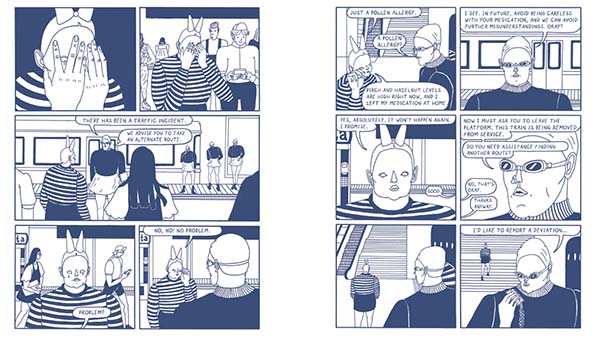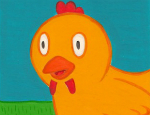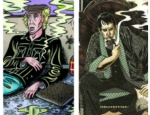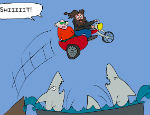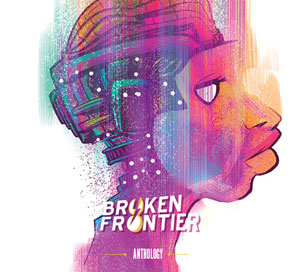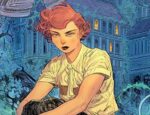There is a burgeoning alternative comics scene in Sweden that Fantagraphics Books and translator Melissa Bowers have been bringing to English-speaking audiences over the last seven years. It includes Erik Svetoft’s Spa, Moa Romanova’s Goblin Girl, and two from Liv Stromquist, Fruit of Knowledge and The Reddest Rose.
The newest entry in this group is Bim Eriksson’s Baby Blue. First published by Galagos in Sweden four years ago, and translated into at least half a dozen other languages since then.
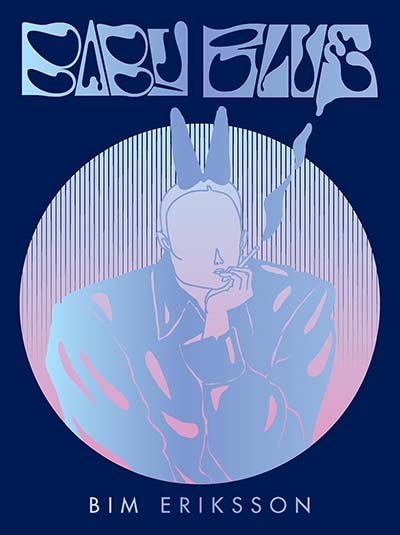
Baby Blue is set in a dystopian near-future Sweden where, basically, sadness is outlawed. Dystopian stories are fairly well-trod in comics and elsewhere. Eriksson turns this trope on its head though by using Betty Pott, an unassuming twenty-something in a dead end job, as the protagonist who is pretty much doomed to fail to live up to government standards under normal circumstances… let alone the crippling pressure for perfection this society demands.
After witnessing the suicide of a mysterious stranger who just gave her a parting gift of an MP3 library of emo songs (introducing an undercurrent of music into the narrative), Betty’s public grief sends her into a confused spiral of outlawed emotion and poor decisions when a series of casual internet searches gets her committed to a government mental hospital and subjected to what is intended to be a chemical lobotomy. Luckily for Betty the treatment doesn’t take, and she happens to be sitting next to fellow emotional rebel Berina. While Betty is introverted and soft-spoken, Berina breaks into the narrative yelling, “Who do I have to suck off to get a drink around here?”
This encounter sets up the events of the rest of the graphic novel, Betty and Berina are sort of yin and yang characters whose opposite personalities attract each other reluctantly, and propel this highly charged female empowerment story forward.
Eriksson’s pacing of this brutal “put on a happy face” future is razor sharp. The beginning scenes of the story, in particular, depict this future Sweden like a flatline on a heart monitor. No one has any reaction to anything, everybody moves through life with no thought but to fulfill their duty to the government, a perfect dead machine. Betty’s emotions that form her outsider personality form the peaks and valleys breaking up the flatline showing the life she has in her.
Eriksson’s art is superficially similar to fellow Swede Moa Romanova, with the large bodies and small heads of their characters. However, Eriksson brings a completely different skill set to their comics. The characters are distorted and warped anatomically while throughout their are virtually no facial expressions, leaving shimmering line work and subtle shifts in layouts and dialogue as Eriksson’s way of conveying feelings and tension in their narrative.
Bim Eriksson does a wonderful job of world-building in Baby Blue, in the end it’s up to the reader to see if Betty takes a defibrillator to their dystopian world and breaks the flatline of this horrific future society.
[Betty’s Playlist: These Days – Nico; Hope There’s Someone – Antony And The Johnsons; Liability – Lorde; Heaven Knows I’m Miserable Now – The Smiths; The End of the World – Sharon Van Etten.]
Bim Eriksson (W/A) • Fantagraphics Books, $29.99
Review by Gary Usher






